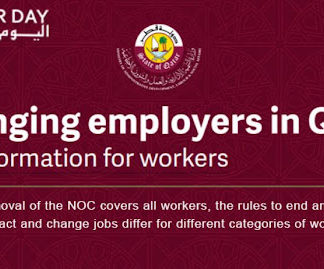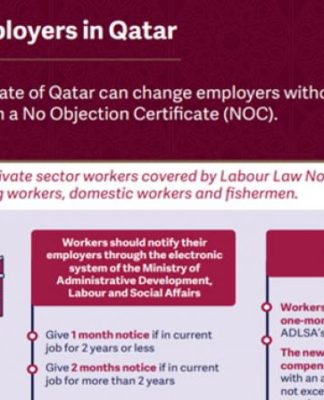The ability to delegate tasks is essential for managers, especially when it comes to decision-making. Delegating not only helps managers focus on more pressing matters but helps employees feel a sense of ownership and like they’re adding value to their team.
That’s why, when it comes to making decisions, managers should adhere to the 90/10 rule, says Jennifer Dulski, head of groups and community at Facebook and author of “Purposeful.”
“The core idea is that people should be able to make roughly 90 percent of the decisions that are required for them to get the job done,” she writes in the book. Only the remaining 10 percent of decisions should be made by managers.
Dulski explains that when you allow employees to make a majority of their decisions on their own, it creates a culture of high expectations, which they rise to meet — and sometimes even exceed.
“Not only do people perform better when they feel trusted and supported, they also respect and trust their leaders more too,” writes Dulski. She adds that if you’re not following the 90/10 rule, you’re either asking employees to do things that you shouldn’t be asking them to do or you’re not empowering them to do as much as you should.
Dulski first saw the 90/10 rule implemented when she was COO at Change.org. At the organization, employees used a “traffic light” system, she writes. Here’s how it works:
- Green: These are decisions that employees can make on their own without having to check in with anyone or obtain approval, and they should make up 90 percent of the decision-making.
- Yellow: These are decisions that aren’t cut and dry as to whether they need approval, at which point, employees should reach out to their manager to find out. These decisions should make up about 5 percent of the total.
- Red: The remaining 5 percent of decisions are those that will absolutely need the approval of a manager or senior leader. These types of decisions are hard to reverse, affect multiple parts of the company or require large budgets.
Dulski notes that managers who structure the decision-making process in this way accomplish two things. First, they make employees feel empowered and trusted, and they also provide everyone with a “clear, non-threatening way” to discuss decision-making.
In a separate LinkedIn post, Dulski reiterates the importance of allowing employees to work autonomously. She points to a study published in the Harvard Business Review, which looks at performance reviews from managers. The researchers found that managers who show more confidence in their teams tend to have higher performing employees.
“When you give your team the space they need, they find creative ways of reaching their goals,” writes Dulski. “If your vision and objectives are clear to them, and there are accountability measures in place, it can open up new approaches and new solutions to your business goals.”
However, when people feel that they don’t have control over decisions that impact their work, they feel helpless and exhibit weaker performance, says Dulski.
To better understand who makes most of the decisions on your team, she suggests using a log to track them. If it turns out that you’re making most of your employees’ decisions, that’s a good starting point for open and transparent conversations between you and your team, Dulski writes in her book.
“Focus on determining where the decision-making process breaks down,” she adds, “and how you can establish clear expectations about who makes which decisions.”
Like this story? Like CNBC Make It on Facebook.
Don’t miss: Jeff Bezos considers these 3 CEOs his role models

































